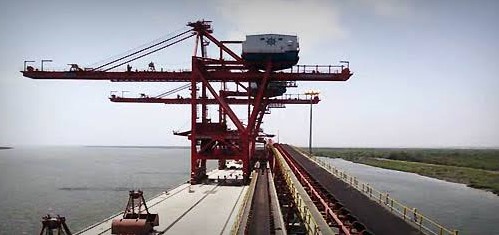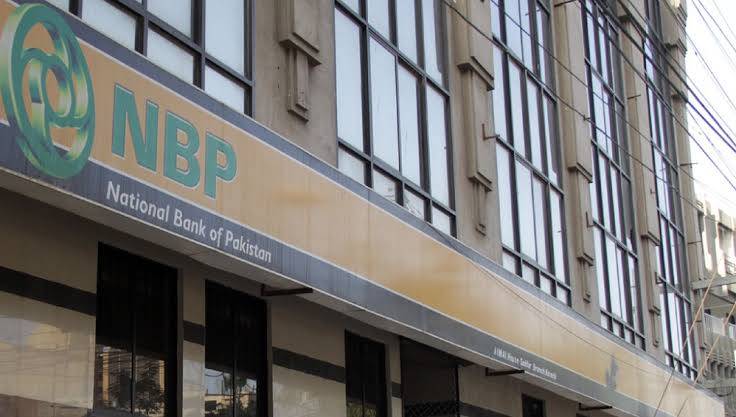PIBTL crosses 1 million tons coal handling
With handling above 1 million tons in Oct’20, rupee appreciation is also a blessing in disguise for PIBTL.
Our Correspondent
The PIBTL has handled 1.05 million tons of coal in October 2020 due to higher imports by cement, power, and the general industry.
PIBTL volume handling increased by 42% In October 2020 compared to October 2019 when PIBTL has handled 735000 tons. The company is effectively charging USD6.7-6.8/ton for coal handling, out of which USD2.31 is payable to Port Qasim as royalty charges. It is worth mentioning to note that it is the highest handling by PIBTL since its COD.
Talking to Newztodays Syed Noman Ahmed at Insight Securities PIBTL said there are two things about PIBTL. One of its revenue is in USD, similarly few cost are also in USD other than foreign debts. So, a net basis rupee appreciation neutralizes Foreign currency gains on debts by lower revenue.
PITBULL will also benefit from recent Rupee appreciation as company USD debt stands at 45mn at the end of October quarter. Rupee appreciation from 165.7 to 159.97 will also provide Rs257 exchange gain to PIBTL in this quarter.
Moreover, a large population segment has developed breathing problems due to the pollution caused by transport and smoke emitting industries. Mishandling of cargo at seaports causes pollution, which is a curse for Karachi and surrounding areas.
Most of the pollution is caused by imported coal at Karachi Port Trust (KPT). The Supreme Court took notice of this menace. It also ordered the imported coal must be cleared at dedicated terminals. The terminals are also equipped to handle dirty cargo through sprinkles and dedicated storage facilities.
PITBL handling
Coal is one of the cargoes that is designated as dirty cargo. The others are coke, cement, and clinker. The Pakistan International Bulk Terminal now handles 9-10 million tons of imported coal at its terminal. The three power plants, each producing over 1,300MW, have installed special handling equipment at their jetties.
Each handles four million tons of imported coal annually. These plants include the Sahiwal Coal Plant, Port Qasim Electric, and China-Hubco plant established under the China-Pakistan Economic Corridor (CPEC). Thus, 20 million tons of dirty cargo is taken care of.
Clinker Export
Still, coke is more hazardous than coal is being cleared through KPT. Similarly, clinker export is also executed through KPT. This shows our bureaucracy’s mentality, which should have stopped clearance of all dirty cargoes from all other ports other than dedicated terminals. The reason for getting the dirty cargo handled through KPT is commercial.
The KPT charges less for handling dirty cargo because it executes the operations through normal cranes. The absence of dedicated equipment takes 4-6 days to lift cargo from the ship. The cargo lying on a port for long periods continues to spread coal dust in areas surrounding the clearing port. The dedicated PIBT terminal and the power plant jetties empty the cargo in two days. There is no pollution due to the constant sprinkling of water.
The handling charges without dedicated high-tech equipment are lower than those at PIBT. The PIBT has been awarded a 30-year contract for handling dirty cargo, but it has to part with 40 percent of its revenue paid to the Port Qasim Authority.
Port Clearing Capacity
This makes cargo handling more expensive. The port has a clearing capacity for 12 million tons of dirty cargo, but it currently handles only eight million tons that, too, because of the Supreme Court order.
The balance four-million-ton capacity could be utilized. When the government orders all dirty cargo’s clearing through the dedicated terminal. The state may not give any concession on coke cargo, but it could forgo the share it gets from the terminal operator for clinker exports.
Clinker export is bound to increase. Because Pakistan’s cement has become cheaper due to rupee devaluation, it is already creating environmental havoc at KPT, but a further increase in exports would become unbearable for the citizens.
READ Govt plans to connect Thar coalfields with Railway Network.
Why wait for another Supreme Court intervention? It is in the interest of the citizens of Pakistan. The Railways should also build a four-kilometer rail line to connect to PITB. Nearly 60 percent of imported coal goes to Punjab.
The relative success of PIBTL is due to the robust demand for coal from the power and cement sector, in addition to a stable exchange rate. Also, Pakistan Railways is likely to construct a railway track to tie up PIBTL’s terminal with the railway network, subject to the approval of the Planning Commission. This will enable the company to boost terminal utilization for cement and coal handling.








